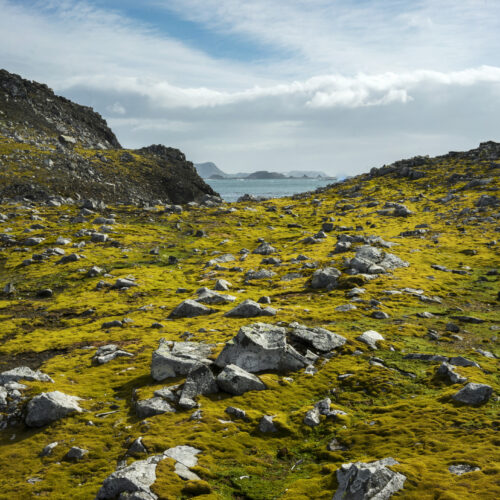Greening of Antarctica shows how climate change affects the frozen continent

When satellites first started peering down on the craggy, glaciated Antarctic Peninsula about 40 years ago, they saw only a few tiny patches of vegetation covering a total of about 8,000 square feet—less than a football field.
But since then, the Antarctic Peninsula has warmed rapidly, and a new study shows that mosses, along with some lichen, liverworts and associated algae, have colonized more than 4.6 square miles, an area nearly four times the size of New York’s Central Park.
The findings, published Friday in Nature Geoscience, based on a meticulous analysis of Landsat images from 1986 to 2021, show that the greening trend is distinct from natural variability and that it has accelerated by 30 percent since 2016, fast enough to cover nearly 75 football fields per year.Read full article
Comments
Welcome to Billionaire Club Co LLC, your gateway to a brand-new social media experience! Sign up today and dive into over 10,000 fresh daily articles and videos curated just for your enjoyment. Enjoy the ad free experience, unlimited content interactions, and get that coveted blue check verification—all for just $1 a month!
Account Frozen
Your account is frozen. You can still view content but cannot interact with it.
Please go to your settings to update your account status.
Open Profile Settings